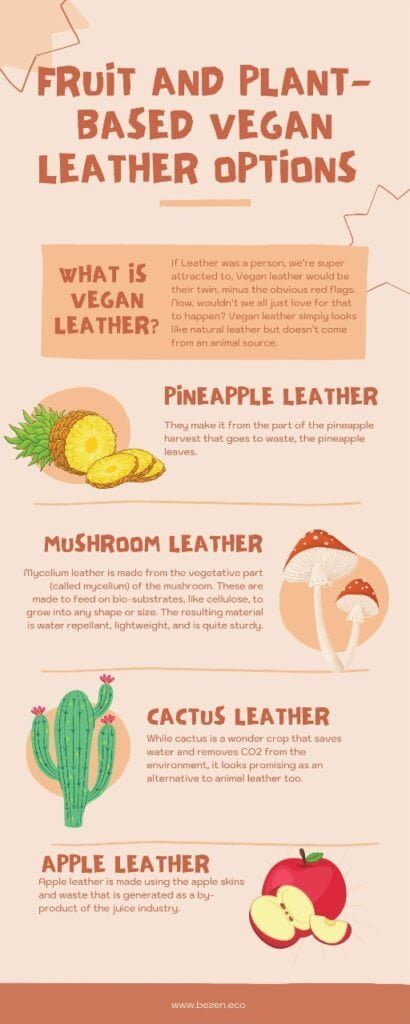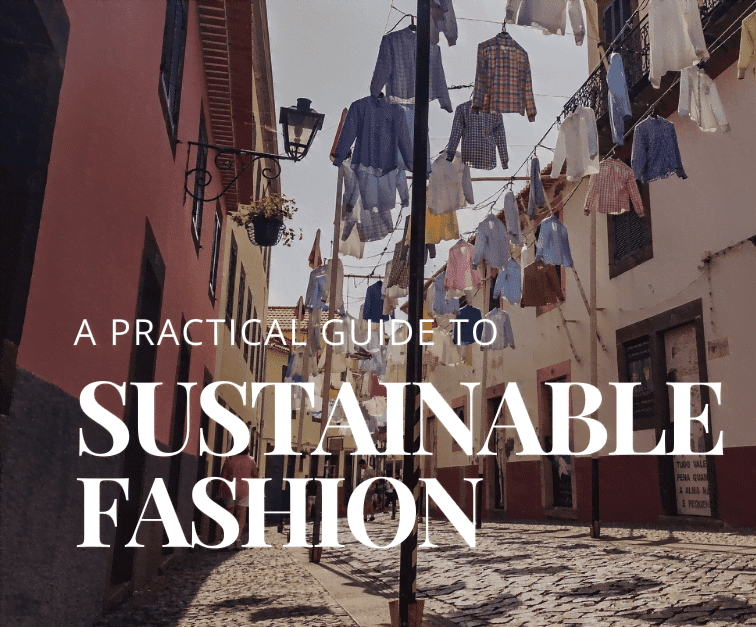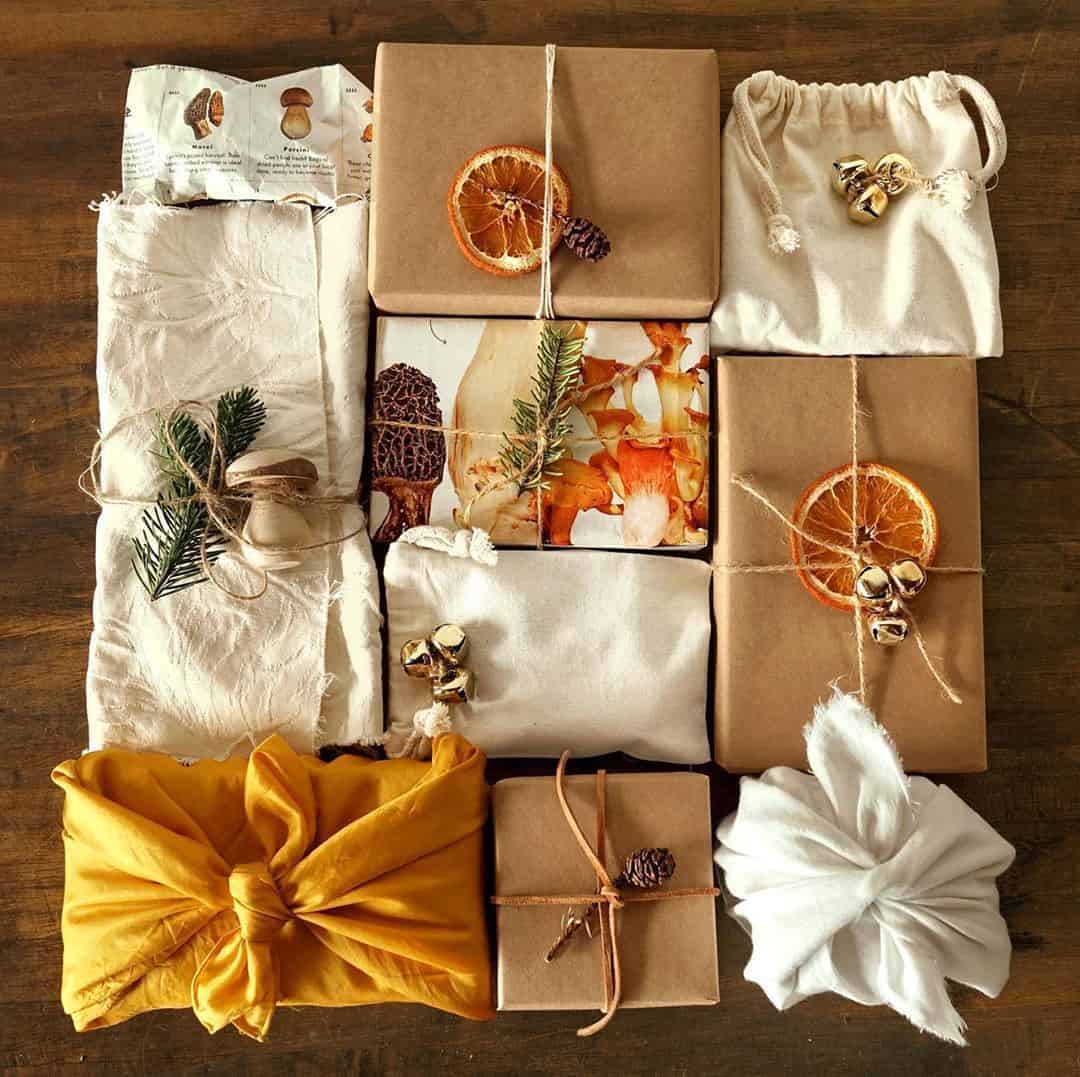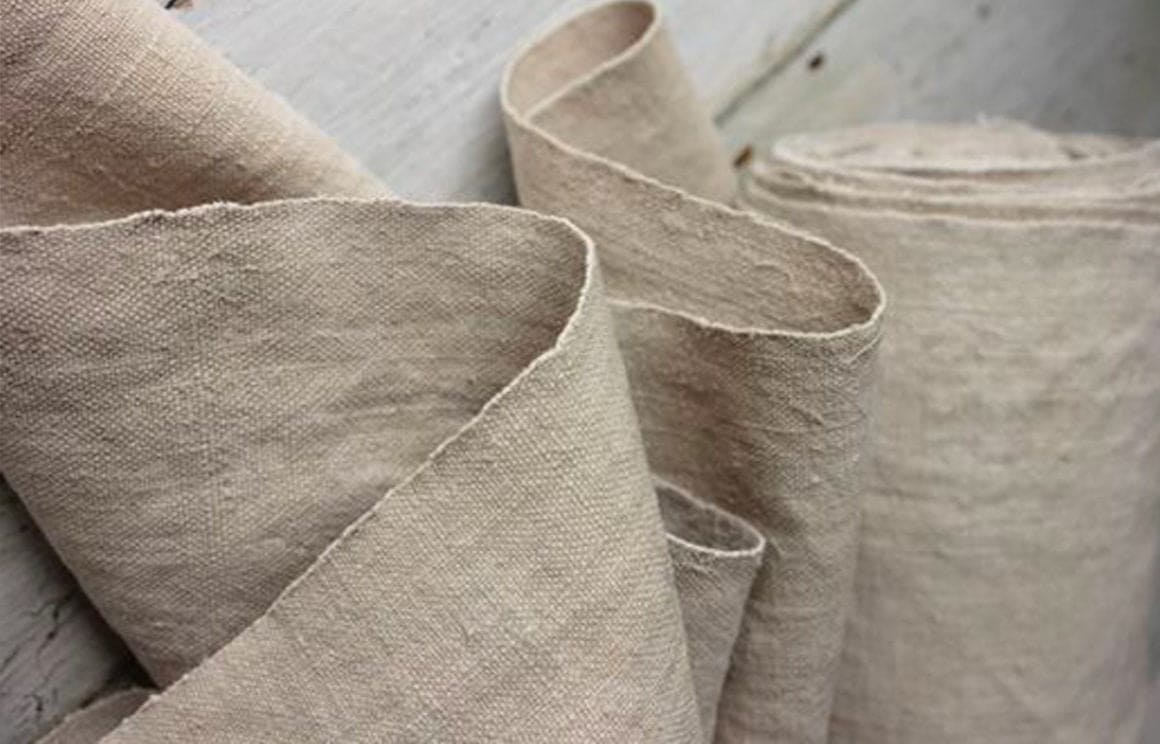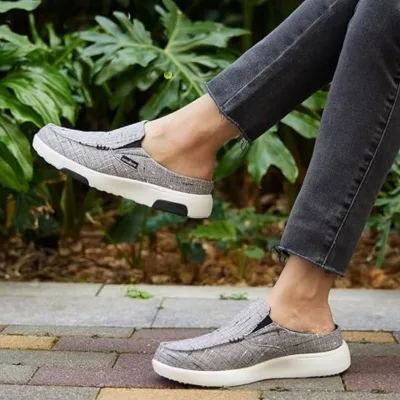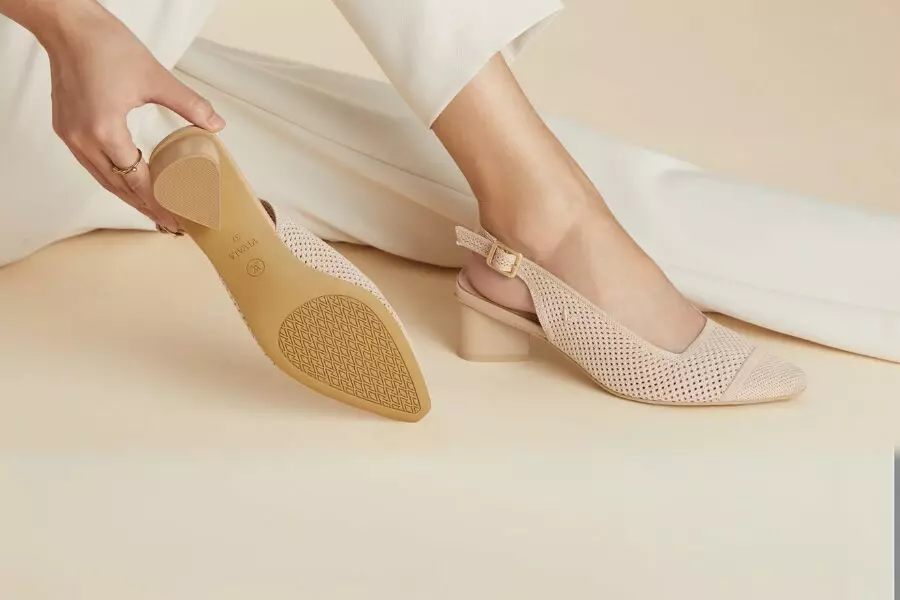As put by researcher and scholar Joseph Poore, shifting to a vegan diet is “probably the single biggest way to reduce your impact on planet Earth”.
Now, one may wonder if that also applies to areas other than food, such as fashion. If you’ve been on the fence about this one, you’re not alone. Even for things being distinctively poles apart from each other, the concept of veganism can still be applied. The adoption of sustainability-promoting marketing by several brands is a new trend these days.
This blog aims to provide a detailed understanding of vegan leather and how its used and marketed by several brands. Also, an analysis of the sustainable nature of vegan leather is presented in the latter stage.
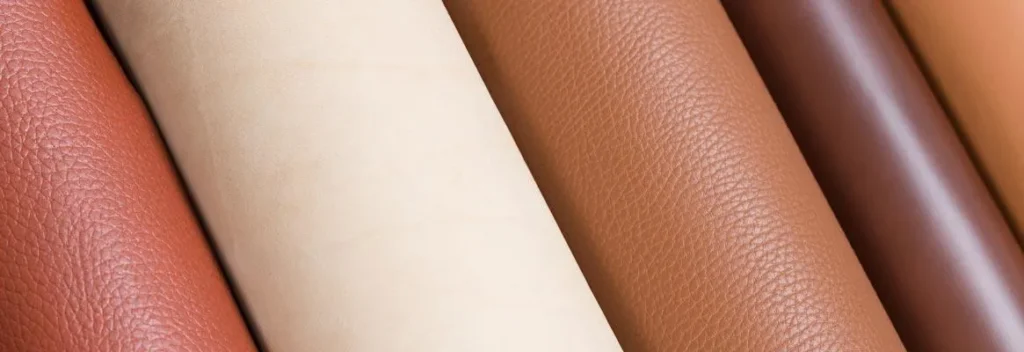
What is Vegan Leather?
Let’s just say,
If Leather was a person, we’re super attracted to, Vegan leather would be their twin, minus the obvious red flags. Now, wouldn’t we all just love for that to happen? Vegan leather simply looks like natural leather but doesn’t come from an animal source.
What is Vegan Leather made of ?
Not animal skin. Period.
It’s true, a vast variety of materials come under that umbrella. Synthetics such as faux leather and pleather (plastic leather) have existed for quite some time, but plant-based alternatives are making the news these days.
Let’s understand them one by one.
PVC or Vinyl
Polyvinyl-chloride or PVC is a plastic-based material that is made using fossil fuels like oil/petroleum/gas. It is made by coating natural or synthetic base fabric with PVC.
So it isn’t the best material for eco-friendliness since it takes up to 10 times (>500 years) more time to break down than natural leather (50 years). Upon breaking down, it turns into tiny beads of microplastic that end up everywhere, from the oceans to even in the food we consume.
Still, it is a highly used leather alternative because of its affordability and versatility of being engineered as per the product’s need. Hence, most of the cheap ‘synthetic leather’ products you find in the market are likely to be made of PVC.
PU or Polyurethane
This is another plastic-based material made with a combination of petroleum and chemicals with Polyester fabric as a base. Compared to PVC, PU is softer and has a better look and feel to it.
This also makes it a popular ‘vegan leather’ choice for fashion accessories and home furnishing alike. Being more expensive than PVC-based material, it still costs much cheaper than real leather.
Suede Fabric
This one isn’t as widely discussed as the other two but is a polyester-based fabric that gives the luxurious velvety napped look, similar to genuine suede leather.
Unlike the previous two kinds, it is a breathable fabric. This makes it a great material for fashion garments that can be worn in both winters and summer. While shopping, you may also come across terms such as leatherette, Fake leather, and Rexine. Don’t let these confuse you, as they are all either PVC or PU-based synthetic leathers.
Synthetic leathers were made to become an affordable alternative to real leather. Being man-made, we can make these materials in any colour, print, or texture. But if you are looking for longevity, these materials still can’t compete with natural leather.
While synthetic leather has existed since the 19th century, even though it eliminated the need for animals and livestock, it does not address the massive environmental concerns that sustainable heads are questioning.
The quest for more sustainable alternatives has led to the rise of plant-based vegan leathers. Being one of the most promising inventions, let’s look at some off-beat plant sources being turned into vegan leather.
Fruit and plant-based vegan leather options
Pineapple leather
Pinatex® is a registered product of the company Ananas Anam. They make it from the part of the pineapple harvest that goes to waste, the pineapple leaves. As a by-product of the agricultural industry, apart from being cruelty-free leather, it also adds to the income of the farmer communities.
According to the company’s website, the manufacturing also follows a cradle to cradle system, meaning all the byproducts and products go back into the production cycle.
Applications: bags, wallets, shoes, accessories, and upholstery
Mushroom Leather
We know how bizarre it sounds, turning a pizza topping into a jacket. While a different species of mushroom (not edible) is used for its making, it doesn’t take away from the absolute wonder this invention is.
Mycelium leather is made from the vegetative part (called mycelium) of the mushroom. These are made to feed on bio-substrates, like cellulose, to grow into any shape or size. The resulting material is water repellant, lightweight, and is quite sturdy.
Apart from that, the manufacturing time is up to 2 weeks, compared to 2-3 years needed by a cow to grow for obtaining the same size of material.
While the fibres obtained can be treated exactly like animal skin, the company that popularized mushroom leather or MuSkin(brand name) called Grado Zero Espace uses only natural methods to get mushroom leather from the species Phellinus ellipsoids.
It also uses Closed-loop production. What this means is that its production uses post-consumer waste like Corn cobs, straw, and woodchips to grow more mycelium.
What’s more? We can use the byproducts of the manufacturing process as fertilizers. And of course, it’s 100% biodegradable.
Cactus Leather
While cactus is a wonder crop that saves water and removes CO2 from the environment, it looks promising as an alternative to animal leather too.
Desserto® is the brainchild of two people from Mexico who came together to create a vegan alternative to leather and found their answer in the dessert.
Not only does cactus leather tackle the problem of plastic pollution and animal cruelty, but crop cultivation also requires no irrigation. Only mature leaves of the organically grown crop are used without harming the plant and grow back in 6-8 months. So it can continue to produce more leaves.
The leaves are ground, sun-dried, and then processed to form a bio-resin that is then further processed into a leather-like fabric. The resultant material is soft, durable, and partially biodegradable. While they offer it at the same price as leather, the company claims it can last up to 10 years of moderate usage.
Apple Leather
First introduced by FRUMAT, a company in Italy, Apple leather is made using the apple skins and waste that is generated as a by-product of the juice industry.
Cellulose is extracted from these, which is further processed into a leather-like material. While they make it in combination with PU, it still reduces the amount of virgin material needed to make the fabric. The plastic addition is necessary to increase durability, as the lifespan of the product is also a crucial aspect of sustainability.
Cork Leather
Of all the plant-based vegan leathers we discussed so far, this one’s our favourite. Why? Because it’s ENTIRELY plant-based.
What is it made of? Easy – Cork Oak. It is extracted from the bark of the trees, chopped into blocks, and first boiled for up to 6 months. The water used is non-toxic and can be safely disposed of.
These are then dried and turned into thin sheets that are ready to be turned into anything from wallets, bags, to even yoga mats. Not only is it cruelty-free, but harvesting the bark allows the tree to absorb 3-5 times more CO2 than a non-harvested tree. This durable material is naturally waterproof, and its natural colour is just perfect as a leather alternative.
And, it’s 100% biodegradable!
Emerging plant-based vegan leather alternatives
Fleather
Fleather was a chance discovery made by the Indian company PHOOL that works with diverting tonnes of waste temple flowers from going into landfills and turning them into incense, among other things.
They noticed a layer formed on top of unused flower fibres that had similar tensile strength, texture, and elasticity to leather, and that ignited the idea of Fleather.
Leaf Leather
As the name suggests, the material is made from sustainably sourced fallen teak leaves in combination with cotton fabric. This is then sealed to preserve the surface. Made using traditional methods in Thailand, this handmade material is strong, durable, and waterproof.
Coconut Leather
Malai was formed out of the collaboration between a product designer and a material researcher in Southern India. According to their website, Malai is a newly developed material made from entirely organic and sustainable bacterial cellulose grown using waste coconut water. The water is otherwise dumped, damaging the soil. It is repurposed to feed the bacteria’s cellulose production.
What’s cooler? They only use natural gum, resin, and dyes in their processes, making it entirely eco-friendly. The material is water-resistant and can last up to 4-8 years, and at the end, home-composted and broken down.
All these amazing inventions make us feel optimistic about the future of fashion and the impact that it has on the planet.
Top 5 Brands Using Leather Alternatives
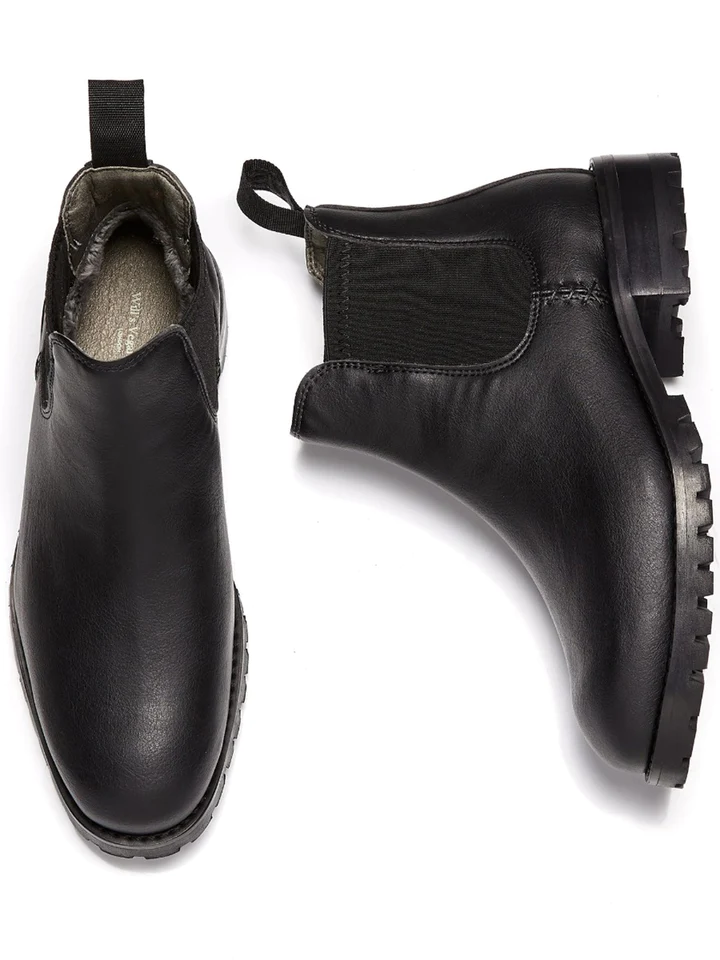
They use bio-based leather made from bio-oil sourced from organic cereal crops. This material is environmentally friendly, durable, and has a similar texture to traditional leather, making it ideal for a wide range of vegan footwear and accessories.
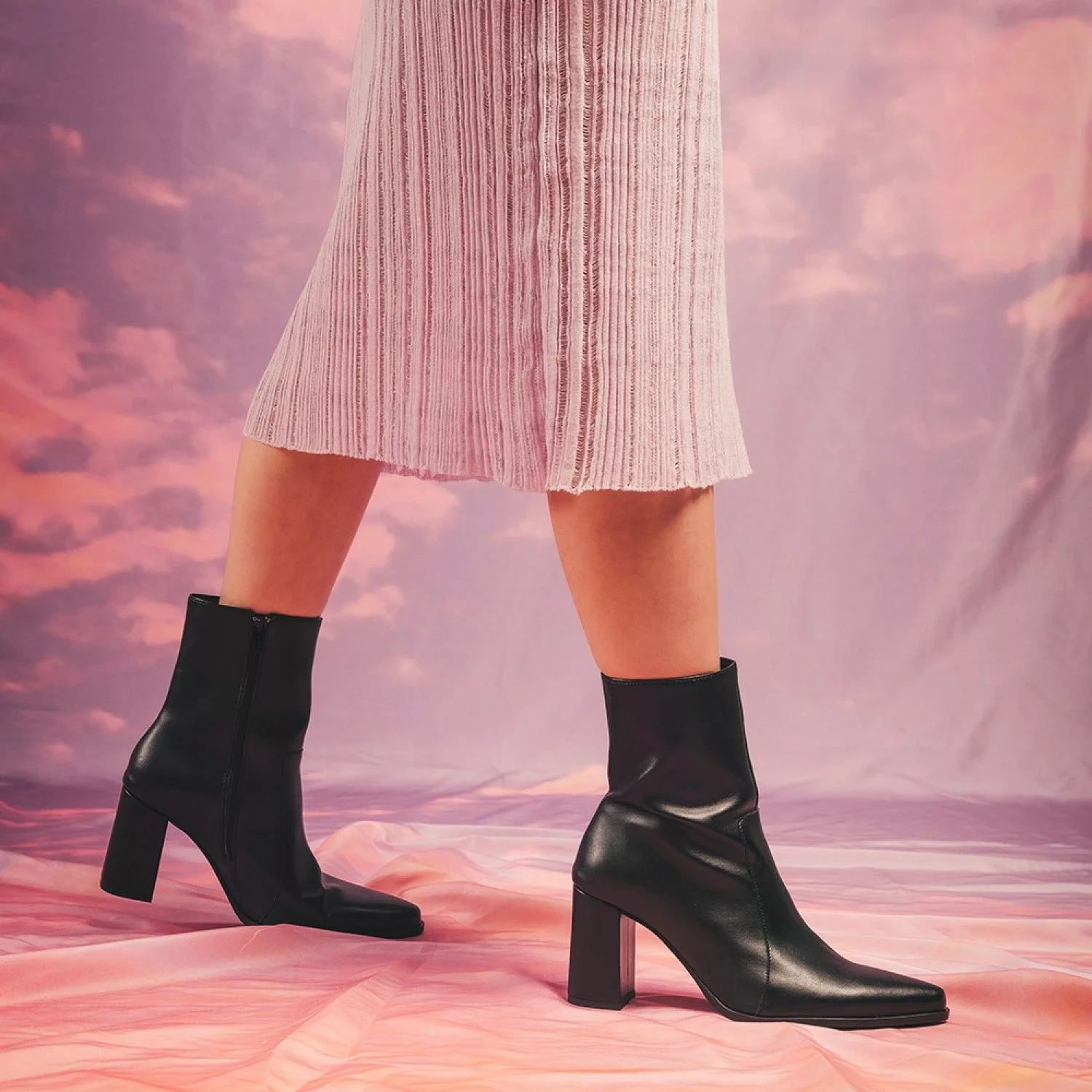
Nae utilizes innovative materials like cork, pineapple leaf material (Piñatex), and recycled PET (plastic bottles) to create their vegan shoes. These materials are sustainable, ethical, and provide a variety of textures and finishes that mimic traditional leather.
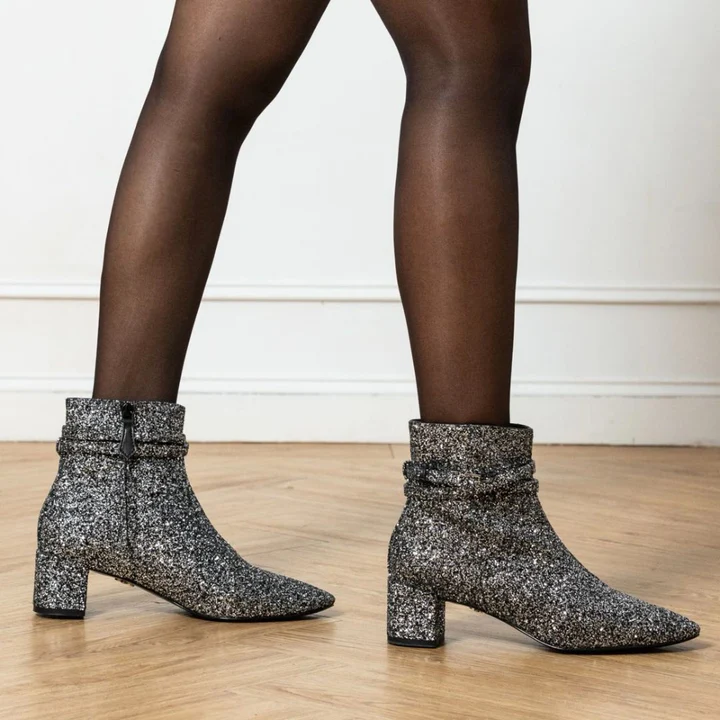
VEERAH uses a unique apple leather, made from apple peels that are a byproduct of the apple industry. This sustainable material is transformed into a durable and stylish leather alternative, used in crafting their luxury vegan shoes.
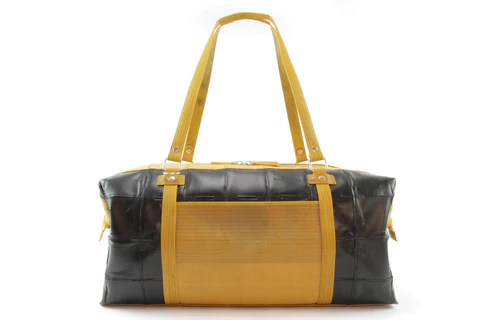
While primarily focused on upcycling decommissioned fire hoses for their products, Elvis & Kresse also incorporate other reclaimed materials such as leather offcuts and parachute silk. Their approach is about repurposing existing materials rather than creating new vegan leather from scratch.
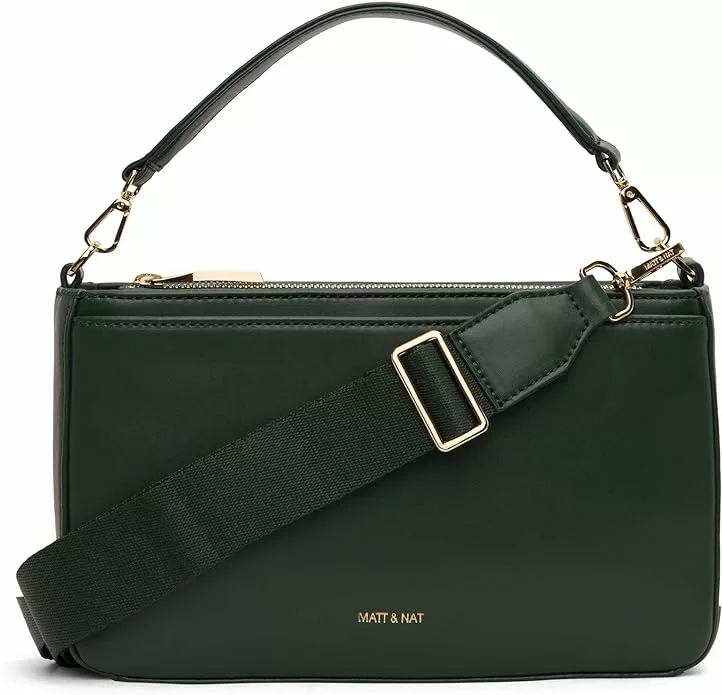
It is a brand renowned for its commitment to not using any animal-based materials in their products. They are a leader in the use of alternative leathers, primarily utilizing various forms of vegan leather made from materials like PVC and PU (polyurethane). These materials are chosen for their durability, aesthetic appeal, and ability to mimic the texture and feel of traditional leather. Matt & Nat’s range includes a wide variety of bags, wallets, and accessories, all designed with a focus on sustainable and ethical fashion practices.
Vegan leather Vs. Real leather – Which is more sustainable?
While answering this question, we need to look at the raw materials and the process involved in the making.
Vegan leather is cruelty-free, but not all options tackle environmental issues. Some are plant-based while others are made in combination with plastics, such as PVC and PU.
Durability is another factor to be considered, as the longevity of real leather is unmatched. But according to The Environmental Profit & Loss report, the impact of vegan leather can be one-third of what real leather causes.
While some vegan options offer plant-based solutions, their scalability and adaptability are still a question. No material is perfect, but it’s easy to say that compared to the environmental damage caused by leather industries, adapting to cruelty-free vegan leather is a greener choice to make.
Now that we have weighed our options, let’s look at where you can find these vegan-leather products.
Where to shop these vegan leather products?
Vegan Shoes
Good guys don’t wear leather
Featuring apple leather in their ankle boots, this PETA-approved brand based out of Paris has been making vegan shoes since 2011.
Adidas
Using Mylo, a mycelium-based material, Adidas has launched these stylish sneakers that will make heads turn.
Flamingos Life
Based out of Spain, they use Peta-approved and eco-friendly materials. Check out these sneakers made from bamboo and corn waste.
Nat-2
This brand is living proof that eco-friendly can be cool.
Boss Hugo
This menswear brand now offers vegan shoes made of pineapple leather pinatas.
Vegan bags and wallets
Happy Gennie
Luxury handbags for modern women, made from apples! This Switzerland-based brand offers a wide range to choose from.
36 Chambers
This brand makes awesome wallets made of discarded fibres from banana trees.
Malai
Apart from developing amazing coconut water leather, this Indian brand also offers a range of fashion accessories.
Veggani
HFS collective
This luxury handbag brand based out of California offers sustainably made options for every occasion.
Vegan clothes
Immaculate Vegan
This vegan brand makes a recycled vegan leather jacket. Though it may not be plant-sourced, it is still a great initiative.
Stella McCartney
In collaboration with Bolt Threads, this brand has become the first to use Mylo™ mushroom leather to make garments.
Vegan car interiors
Vegea for Bentley
Bentley collaborated with this awesome company for their 100th-anniversary car that converts grape waste from vineries into vegan leather.
Brands like Tesla, Volvo, and Renault are also making vegan-friendly cars by using green technologies and ditching real leather completely.
Summary
Vegan leather is a material made without harming animals. It can be both synthetic and natural based.
Since synthetic leather is made of plastics such as PVC and PU it is cruelty-free but not sustainable in terms of environmental damage. Plant-based vegan leather such as pineapple, mushroom, and cork-based materials are becoming popular in the industry.
